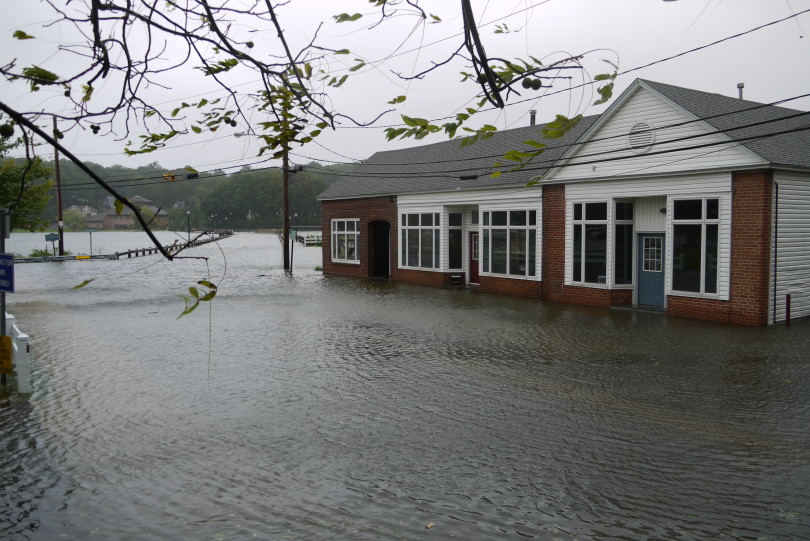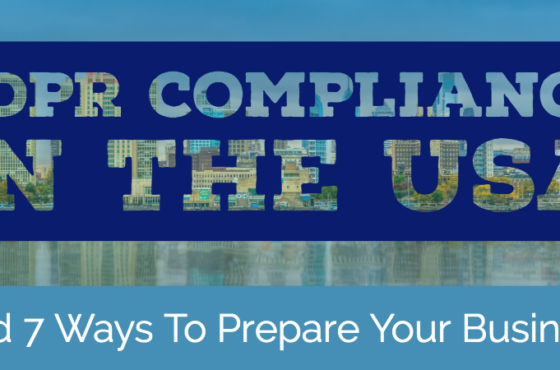Flood Insurance – South Carolina’s flooding reinforces the importance of planning
South Carolina’s flooding reinforces the importance of planning
Although Hurricane Joaquin bypassed land, another storm provided enough tropical for what South Carolina officials have called a 1 in 1,000 year storm. More than 18 inches of rain in roughly 24 hours fell in the state, leading to severe flooding. Charleston got nearly one foot of rain on Saturday. It has been estimated 11 Trillion gallons of water fell on South Carolina in 7 days, enough to end California’s drought if it had taken place there.
While it is just about impossible to respond to this kind of weather event as it is happening, planning ahead can help to rescue your business. Following is a five-step plan you can put into effect:
Step 1 – Analyze your business’s critical functions. These will include technology, components, customers, products, suppliers and employees who need to be protected. Ask department heads to analyze critical functions: If business was shut down for up to two weeks, what problems would you face? What must be done first? If roads were closed what would you do?
Step 2 – Focus on risks that could permanently put you out of business. According to FEMA, as many as 40% – 60% of small businesses don’t recover after being hit by natural disasters. These risks can include spoiled inventory, lost data and unhappy customers. How will crucial assets be affected? What would happen if you had to shut down your business for 24-72 hours?
Step 3 – Create strategies to protect crucial parts of your business. For example, manufacturers should identify alternate suppliers. Vital company inventory can be stored in multiple locations. Contact customers via text messages, social media or email following a closure. Employees can remain connected by using a list compiled in advance. Store data in the cloud instead of on an office server to protect it. PLEASE PURCHASE FLOOD INSURANCE!! Sadly, many businesses and homeowners in South Carolina will not benefit from insurance support and resources to help them recover. They failed to take this simple step.
Step 4 – Test your plan in advance to iron out any kinks. Don’t wait for the next 1 in 1,000 year storm to hit before putting your plan into practice.
Step 5 – Update your plan every year to account for changes in your business and in the business environment.
While most standard business insurance policies cover loss and damage to tangible items – equipment, inventory and an office, store or warehouse – business interruption insurance covers among other things, lost profits in the event your business is unable to operate. This can be the difference between losing, and rebuilding your business following an unplanned event.
Your KMRD Partners relationship manager can help determine your proper business interruption and extra expense coverage limit. You can begin by examining all the costs you would continue even if your business couldn’t operate, while also noting charges that might cease.
It is important to remember your interruption and extra expense coverage will mirror what is covered in your main business policy. If you didn’t include flood coverage in your policy, for instance, you won’t have interruption coverage for flooding, either.
KMRD reduces the overall cost of risk by producing a greater value for each commercial insurance dollar spent, while utilizing an enterprise risk management approach to engineer the optimal solution.
We are dedicated to the mitigation of risk, safety and loss control and claims advocacy, while helping firms recover from unplanned events that wait on the other side of one minute from normal.
To identify and correct coverage and service gaps in your insurance coverage contact us at contactus@kmrdpartners.com before one minute from normal strikes.
Please feel free to share this e-mail with anyone who may find it to be useful.
Need to deliver better risk management results for your company? Schedule a brief demo of our risk management system, KMRD XChange.
Complete the form below to discuss an assessment of your risk management program





